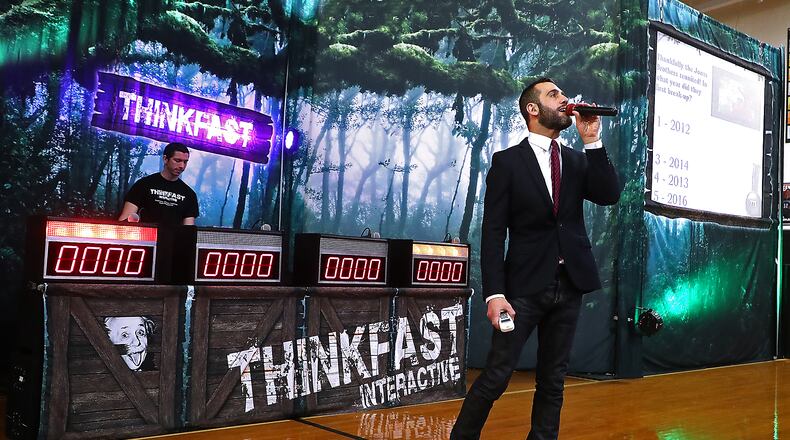Ross said that driving while using a cell phone is just as dangerous as driving while under the influence. He said law enforcement being able to stop a person who is using their phone while driving will help prevent dangerous accidents or other offenses occurring.
“Phones are a big part of our life, but behind the wheel is not the time; that’s a weapon you’re driving down the roadway and people are losing their lives,” Ross said.
Patterson said most cars have some form of Bluetooth capability, so there is no reason to use a phone when driving.
Ross said it takes about four seconds to read a text message, in which time a person driving could travel the length of a football field if they are driving 55 mph. He said from 2018 until now, there have been more than 66,000 reported crashes involving distracted drivers.
Patterson said this law gives law enforcement another tool to help the public and save lives.
Most people who use their phones while driving are males between the ages of 15 and 24, Ross said.
“People are losing their lives over this,” he said.
Ross said it is important to remember that a car is a weapon and driving is a privilege rather than a right.
Ross said there were 49 citations for drivers using their phones on Thursday in the state. He said since the law passed, distracted driving crashes have decreased.
For the first offense in two years, a driver will receive two points on their license and an up to $150 fine or completion of a distracted driving course. The second offense in two years results in three points and an up to $250 fine, and the third or more in two years results in four points, and up to $500 fine and the potential for a 90-day license suspension.
According to the Ohio Department of Public Safety, the following situations are exempt from the law for drivers 18 or older:
- Drivers reporting an emergency to law enforcement, a hospital, health care provider, fire department or similar emergency entity.
- Drivers holding a phone to their ear during phone conversations as long as the call is started or stopped with a single touch or swipe.
- Drivers holding or using cell phones and other electronic devices while stopped at a traffic light or parked on a road or highway during an emergency or road closure.
- First responders using electronic devices as part of their job.
- Utility workers operating utility vehicles in certain emergency or outage situations.
- Licensed operators using an amateur radio.
- Commercial truck drivers using a mobile data terminal.
About the Author
